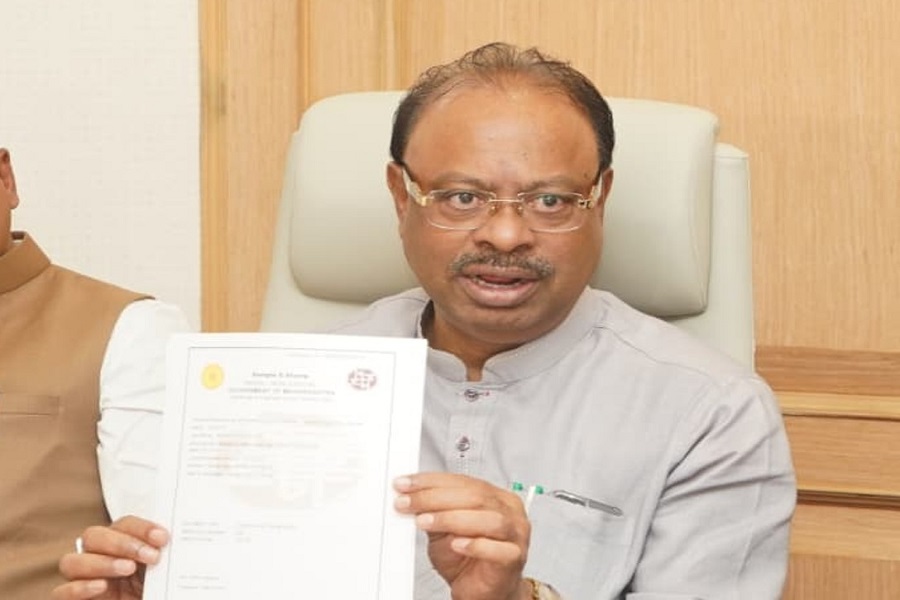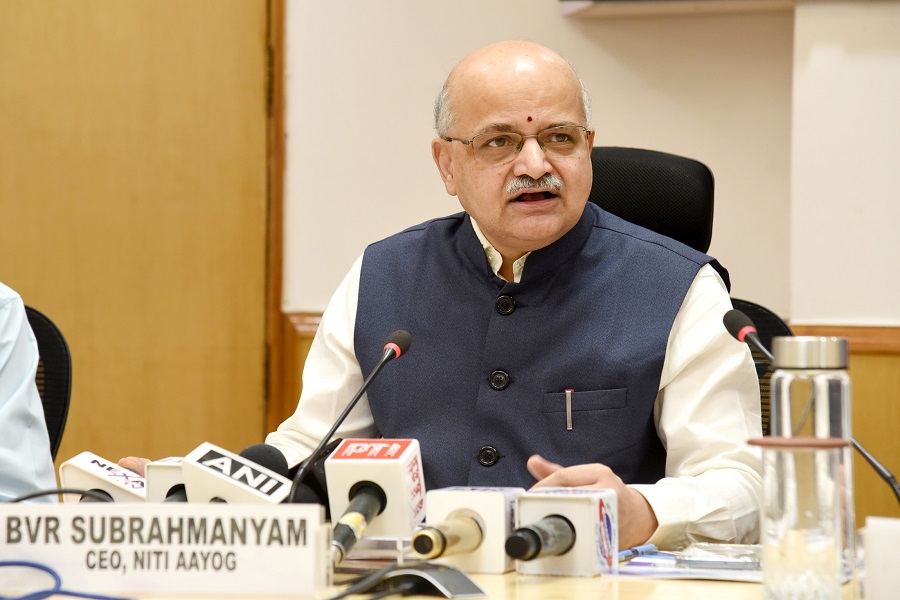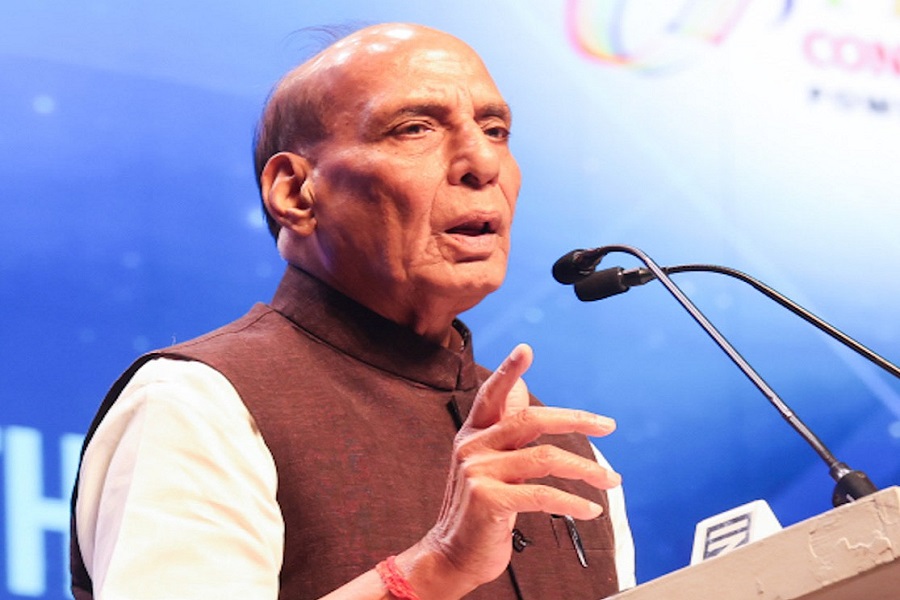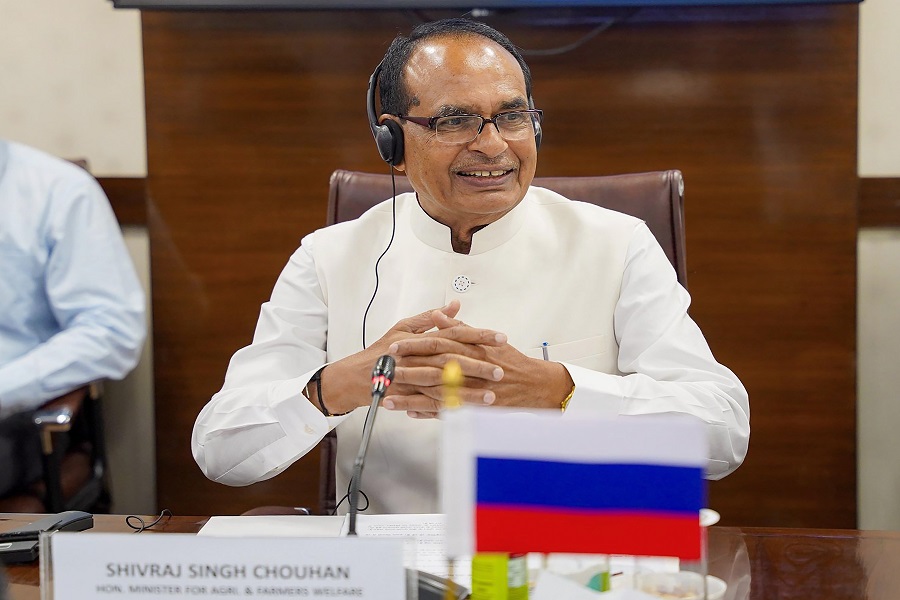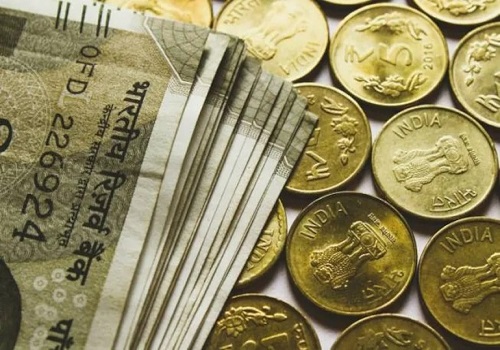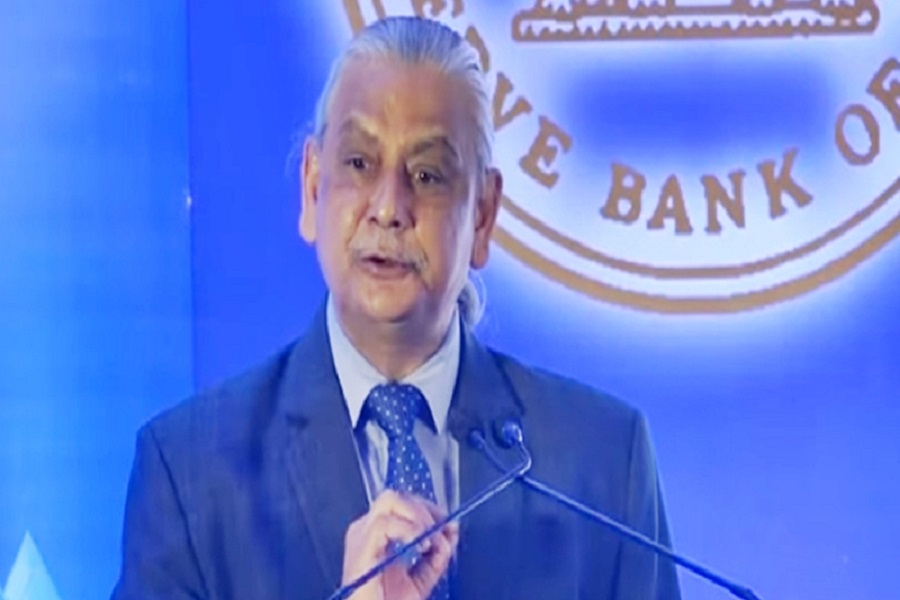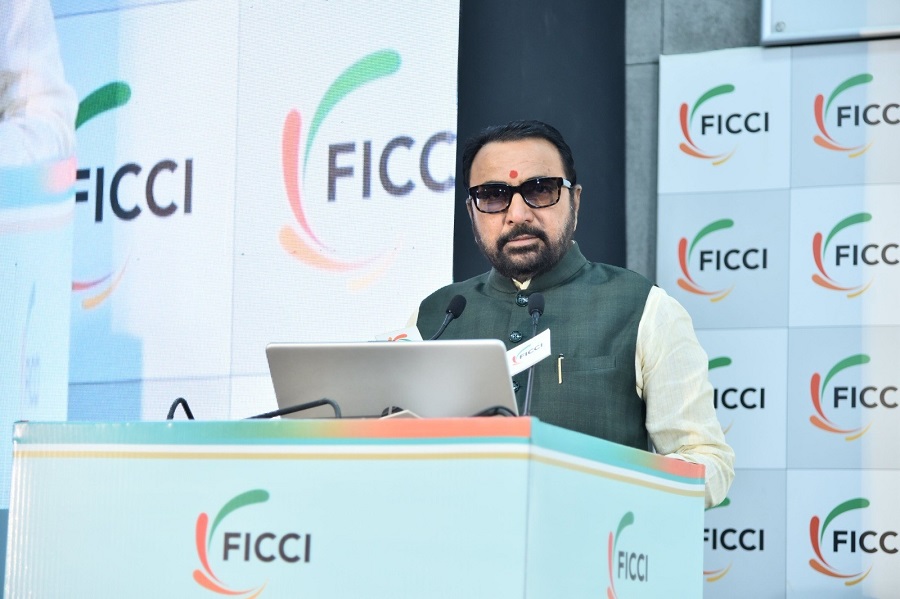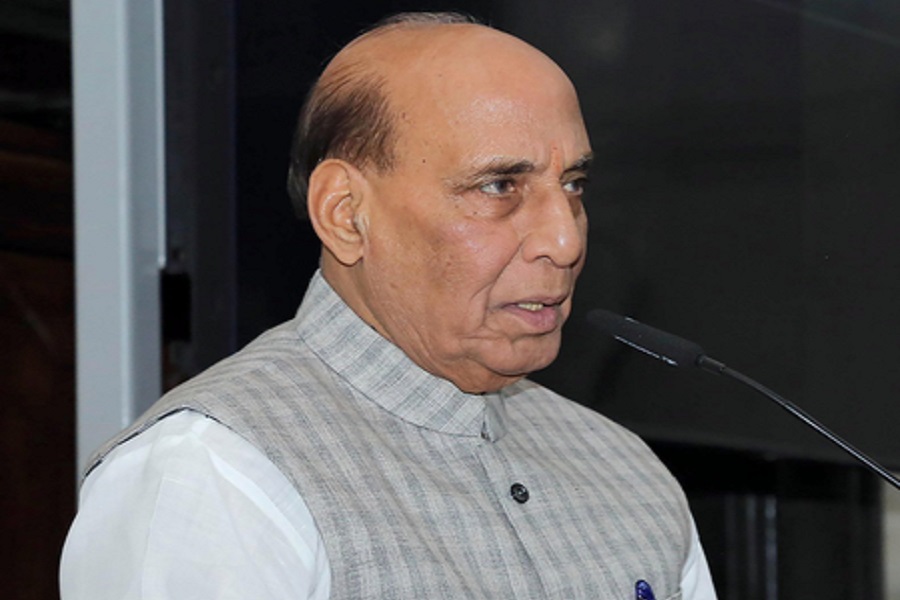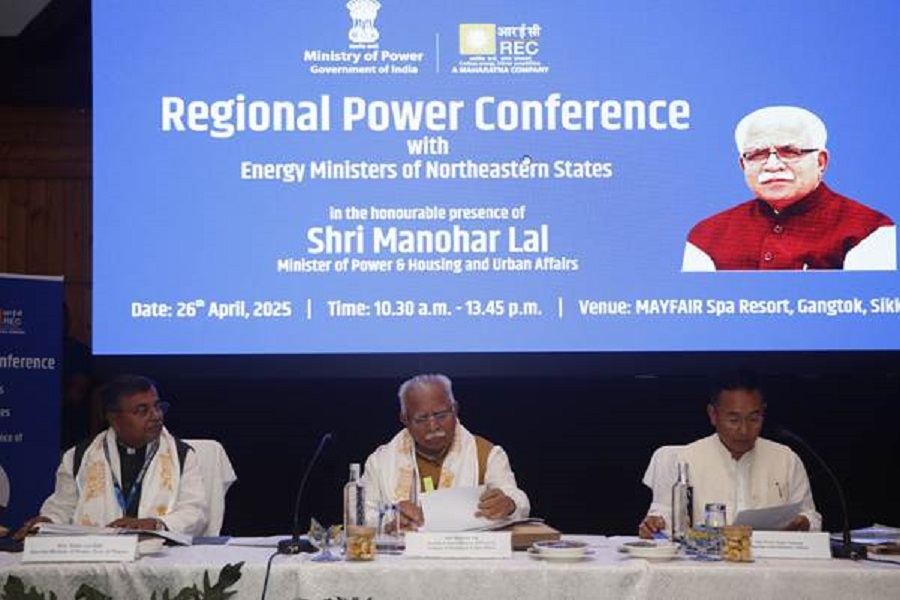Ratings agencies cheer India`s GDP surge buoyed by infra push, strong DPI
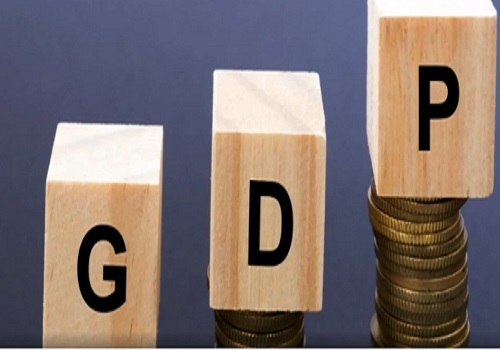
India has emerged as the world’s fastest growing economy amidst a worldwide economic slowdown and continues to be a bright spot going ahead with the IMF upgrading its growth forecast for the country twice this year.
India's GDP grew at an impressive 7.6% in the July-September quarter of the current financial year despite a slowdown in agriculture as the robust performance of the manufacturing sector and high government expenditure on big ticket infrastructure projects kept up the growth momentum.
The growth in the second quarter is a tad lower than the first quarter growth of 7.8% due to the erratic monsoon hitting the farm sector. India’s GDP growth rate for the first half of 2023-24 now works out to 7.7%.
This has prompted the RBI to raise its growth forecast for India's economy to 7 per cent in 2023-24 from 6.5 per cent earlier. The GDP growth rate in the first three quarters of 2024-25 has been pegged at 6.7 per cent, 6.5 per cent and 6.4 per cent respectively.
The IMF raised its growth forecast for India in the current financial year to 6.3% after the data released by the statistics ministry on August 31 showed the Indian economy expanded by 7.8 percent in April-June. At the same time the multilateral lending agency has cut its prediction for China’s growth to 5%.
India’s economic growth rate is expected to remain strong, supported by macroeconomic and financial stability, according to an IMF assessment report published on December 19.
“Going forward, the country’s foundational digital public infrastructure and a strong government infrastructure program will continue to sustain growth,” the report added.
It also states that India’s current account deficit is expected to improve to 1.8 percent of GDP in FY2023/24 as a result of resilient services exports and, to a lesser extent, lower oil import costs as crude oil prices have declined in the international market.
Amidst a challenging global macroeconomic environment, the Indian economy is exhibiting “a quickening growth momentum,” with resilience and financial stability, according to the RBI’s Financial Stability report released on December 28.
Bolstered by strong capital buffers and robust earnings, financial institutions are supporting durable credit growth. At the same time, higher profits and lower leverage are contributing to sound corporate financials, the report states.
The Indian economy and the domestic financial system remain resilient, supported by strong macroeconomic fundamentals, healthy balance sheets of financial institutions, moderating inflation, improving external sector position and continuing fiscal consolidation.
Proactive and prudent policy actions and availability of policy buffers are steering the economy on a rising growth trajectory with stability, the RBI report adds.
At the same time the IMF’s assessment report flags some risks to the outlook. A sharp global growth slowdown in the near term would affect India through trade and financial channels. Further global supply disruptions could cause recurrent commodity price volatility, increasing fiscal pressures for India, the report points out.
Domestically, weather shocks could reignite inflationary pressures and prompt further food export restrictions, the report states. This is a cause for concern as although headline inflation is expected to gradually decline to the target level it remains volatile due to food price shocks, it adds.
This assumes importance as the agriculture sector posted a growth rate of a mere 1.2% in the July-Sept quarter compared to 3.5% in the previous quarter due to the freak weather marked by erratic and unseasonal rainfall that damaged crops.
Leading global investment bank Morgan Stanley is bullish on the country’s future and sees this as “India's decade” with the nation’s growth underpinned by the formation of a large urban middle class and a surge in manufacturing investment -- including by foreign multinationals -- as well as infrastructure delivery in areas like power, transportation, and logistics.
This combination is ensuring that supply is moving ahead alongside growth in demand without driving a breakout in inflation, which has traditionally halted economic cycles in India.
The broad-based strengthening of India’s economic activity that is under way will likely be sustained by easing input costs and higher corporate profits while inflation is expected to ease to 4.6 per cent in the first three quarters of 2024-25, according to the RBI’s monthly bulletin released on December 20.
The fiscal position of the Centre and States has remained resilient. Major Central direct and indirect taxes such as income tax, corporation tax and goods and services tax (GST) recorded impressive growth in H1 2023-24.
Expenditure on big infrastructure projects that pushes economic growth and creates jobs witnessed a robust rise.
Finance Ministry data shows that net direct tax collections for the financial year 2023-24 have jumped by 20.66% to Rs. 13,70,388 crore as on December 17. Similarly, the monthly average GST receipts are now at ?1.66 trillion, a notch above policy makers’ initial estimate of ?1.65 trillion.
The strong growth in tax and non-tax revenues has helped the Centre and States to contain the gross fiscal deficit of the general government within 7 per cent of GDP in Q1 and Q2 of 2023-24, according to the RBI.
The strong fiscal position is expected to ensure that the government has sufficient resources to invest in capital projects to accelerate economic growth and at the same time carry out its social welfare measures.


